My husband's colleagues invited us for an impromptu get away to Aloguinsan. Since we were free that week, we just agreed and although we originally planned to bring our motorcycle with us, we just asked his colleagues we can join the other guys in the car instead and they had agreed.
The original plan was to go by around six in the morning but then since it rained the early morning, we have to delay it and just have to a bit late. By around eight, we went on, traveled around two hours and arrived at Aloguinsan.
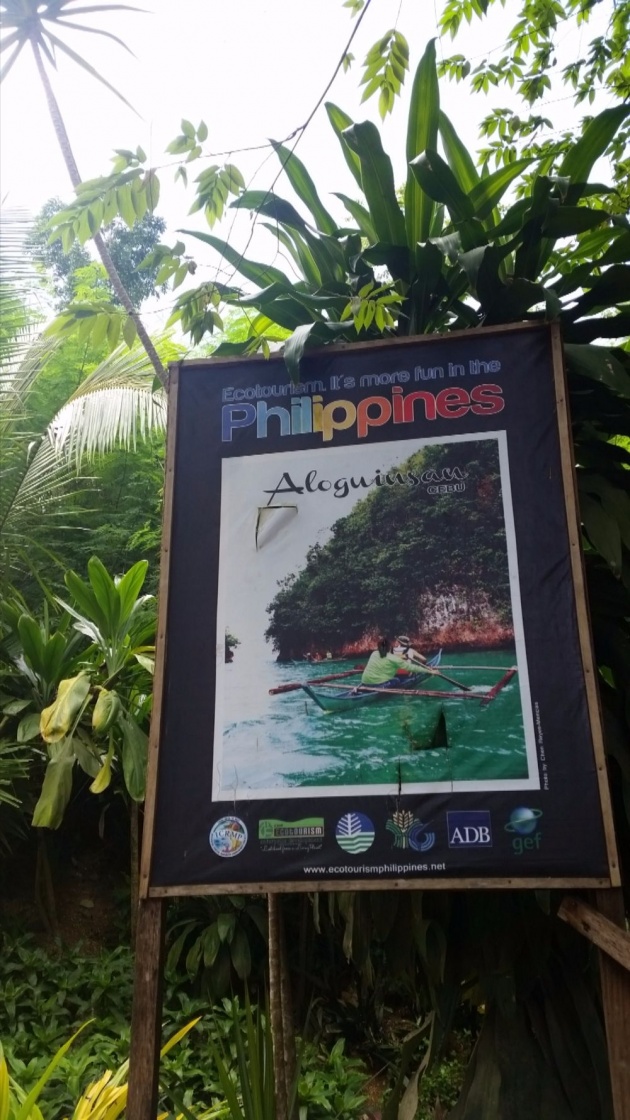
Aloguinsan by the way is a fourth class municipality located in the North East of Cebu province. It has been known for its new tourist attraction called Bojo River Cruise and Eco Adventure Tour.And there are more of things to see here in this town but the main reason why we were there was because of the Bojo River Cruise which was gaining popularity among local and foreign tourists.
Aloguinsan Bojo River Cruise and Eco Adventure Tour
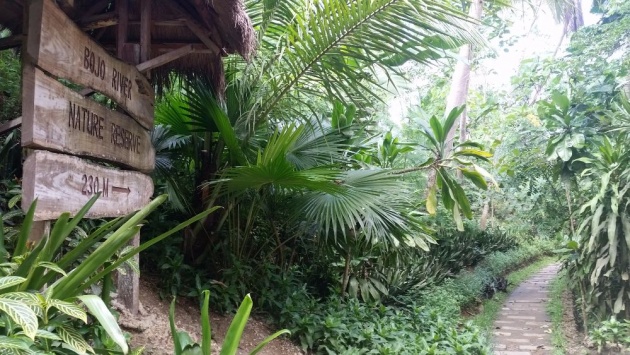
This sign up here welcomed us when we arrived in the area. We have to walk a few steps from the main road towards the reception area.
We walked first on stoned path and came to a wooden bridge which was a nice one, thought of having a wooden bridge at home too in the province.
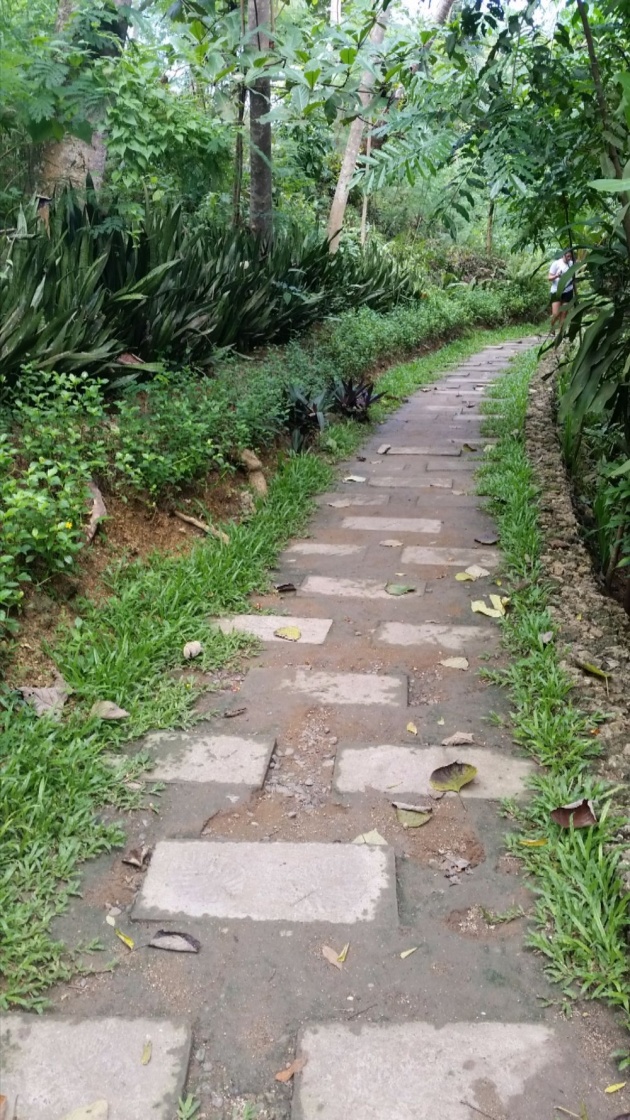

We arrived at the reception area where there were life jackets available and a member of the BAETAS or Bojo Aloguinsan Ecotourism Association gave the specific introduction on what this is all about. Then we learned that Bojo is actually a Spanish word which mean river ceiling. In Bisaya, our local dialect here, boho means a hole and this has been a place where the Cebuanos hid themselves from the Spanish and Japanese armies before.
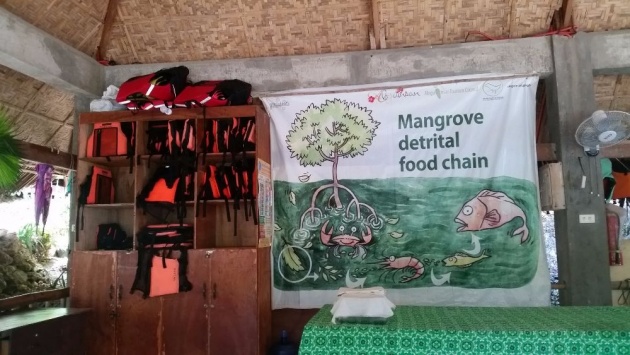
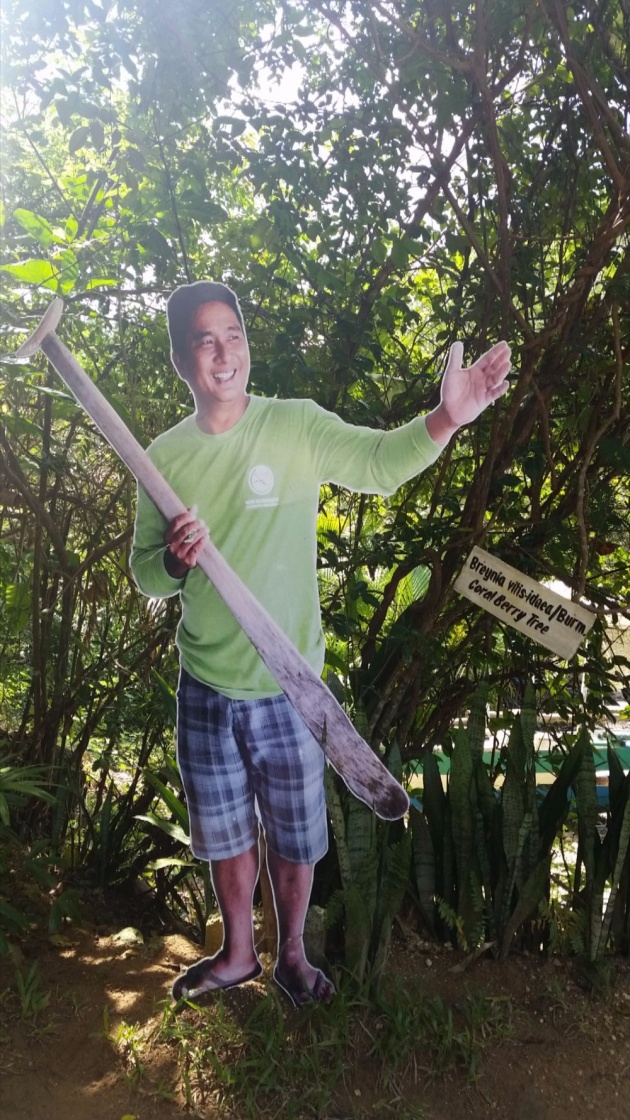
Here's a stand up board with the President of the BAETAS showing the visitors way towards the main reception area. He was a smiling pal. Even the other guys were really cool and friendly.

At the reception area, we had to pay but since we were already running out of time because the water's starting to become shallow, the personnel decided to just let us pay later and start the cruise instead. Here's one of the personnel giving his words of welcome and some regulations which has to be followed within the specific tour. He is also a fisherman and was trained to welcome the guests.
We went on and prepared for the cruise. We have to wear life jackets even if the water's not too deep since it is part of the protocol. Note that it is not really comfortable wearing life jackets but we have to wear it or else we can't continue with the cruise.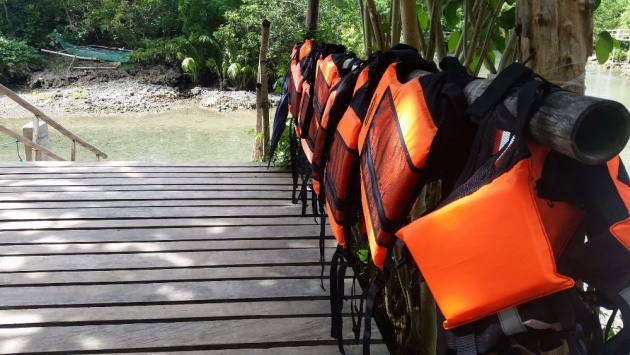
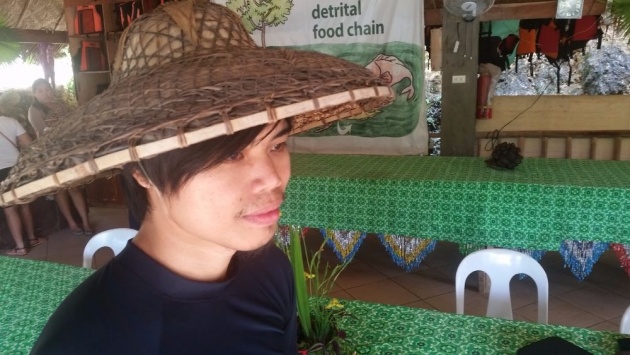
My husband found a unique hat which looked like the hats worn by our Filipino ancestors. These hats can be worn during the cruise since the boat doesn't have any covers in them and the it was really sunny that time.
Mangroves are really dominant in rivers which opens towards the sea. It is part of the shrub family which grows in the saline coastal areas usually in tropical and subtropical countries. These kinds of shrubs protect shorelines from damaging storms and hurricane winds and waves. It also helps prevent erosion by stabilizing sediments with their root systems.
There are a lot of reasons and benefits of planting mangroves or maybe protecting them. Here are the lists:
-
Buffer Zone between the land and sea.
-
Protect the land from erosion.
-
Play an invaluable role as nature's shield against cyclones, ecological disasters and as protector of shorelines.
-
Breeding and nursery grounds for a variety of marine animals.
-
Harbour a variety of lifeforms like invertebrates, fish, amphibians, reptiles, birds and even mammals like tigers.
-
Good source of timber, fuel and fodder.
-
Main source of income generation for shoreline communities like fisherfolk.
-
Save the marine diversity, which is fast diminishing.
-
Purify the water by absorbing impurities and harmful heavy metals and help us to breathe a clean air by absorbing pollutants in the air.
-
Potential source for recreation and tourism.
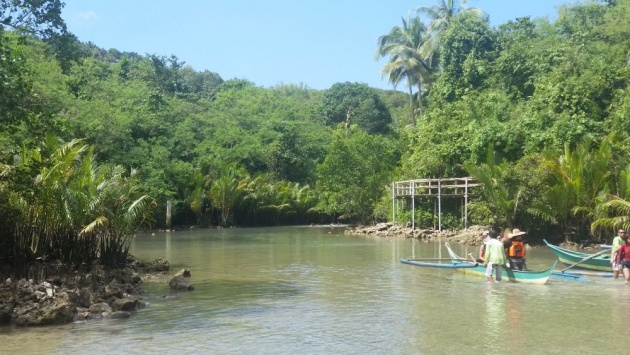

The photos are only taken from my mobile phone and although the weather was fine, it was a bit sunny and a bit gloomy so the photos aren't that really good but the place was really great. The local community had preserved well the mangroves which has paved their town's name to become well known of.
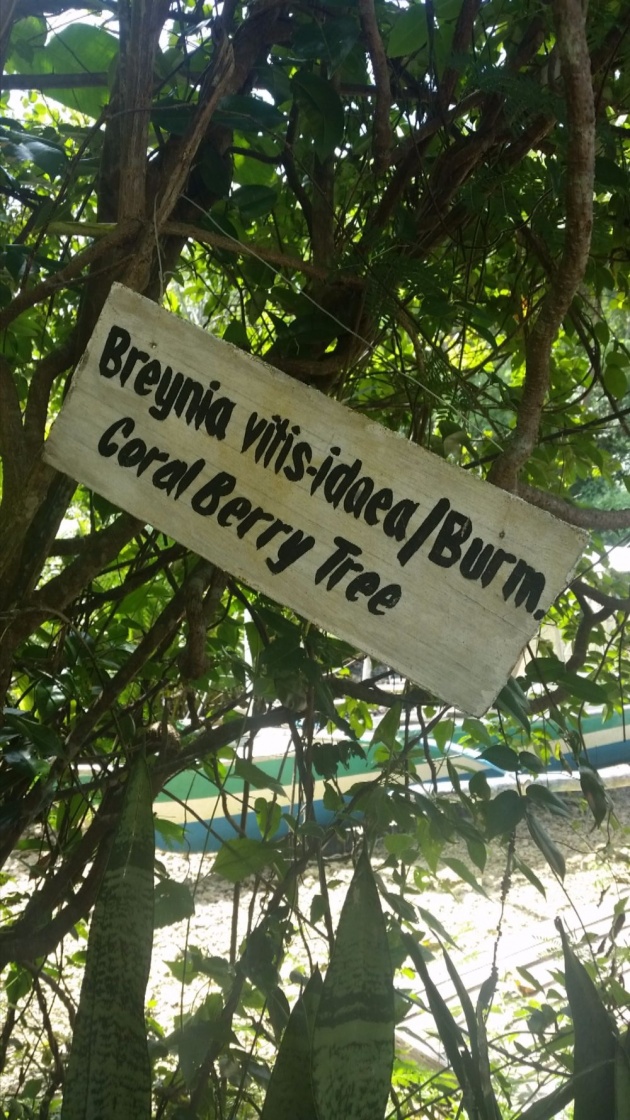
There are hundreds of various species of mangroves in this area, among other flora and fauna, being protected and propagated by local authorities and inhabitants. Along the way towards the mouth of the river where the river water and the sea water meet, we can see a lot of mangroves with different kinds of leave structures and even different kinds of stem or root formation. Some mangroves have fruits while others doesn't have one. Bottom line is, these mangroves have been helpful for the community, to the nature and to the fishes which comes in to breed in the mangroves' roots area.
Here are the videos I have taken on our way to the mouth of the river.
Based on the story by the fisherman who was the captain of the little boat which we rode on the way to the mouth of the river, this place has been really a blessing to the community. Before it became a tourist spot, they had been getting their source of food and income from the river. They catch fish and crabs and other kinds of sea creatures for food and if the catch is a big one, they'll sell it for extra money.Aside from that, it has also been a place for them to enjoy mother nature. Their kids love swimming in the waters because the water isn't salty, they feel relaxed when swimming there. There were times before when the mangroves were put to danger because of some locals who had cut down the mangroves' stems for wood. It's stems were actually a good source of firewood because even if it isn't that mature yet, it can still light up with fire.
Reaching the end, we were unfortunate that the waters were really wavy, the wind was a bit stronger in the sea area, some of us were able to swim in the water but I stayed at the rocks area and enjoyed the scenery instead. It reminds me of Ilocos though.
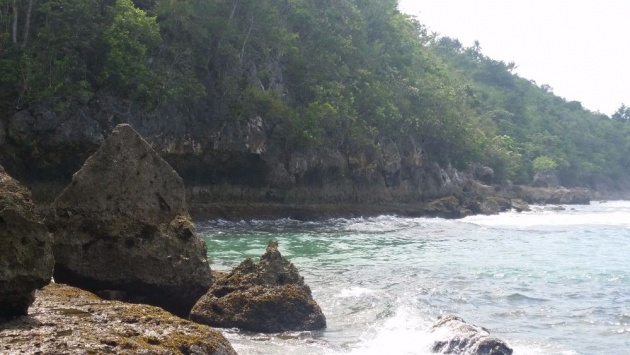 Check out some videos I have taken at the rocky sea area:
Check out some videos I have taken at the rocky sea area:
Some other rock formations in the sea area:
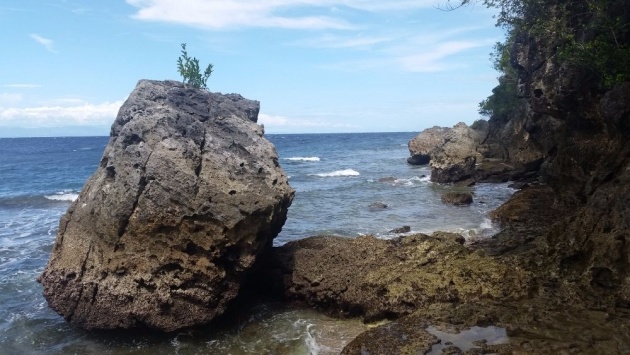

The Bojo River community and local government had made tarpaulins to provide visual information of the Bojo River and the Eco Tourism of the specific town. I love the illustration actually.
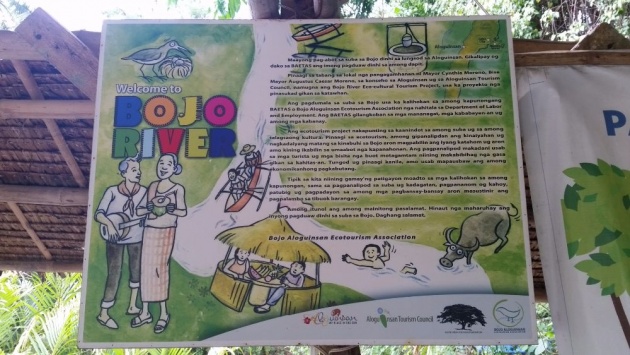
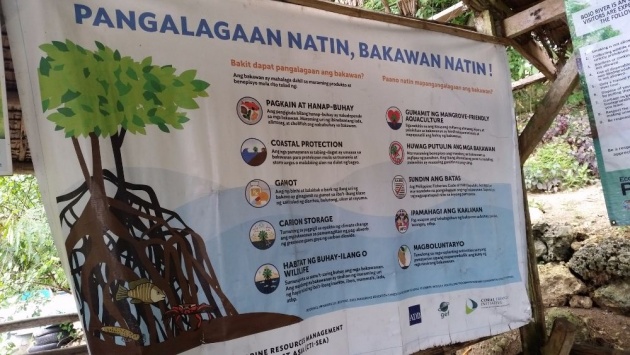 It was time to go for lunch since it was almost one in the afternoon and we were all dead hungry. So we bid goodbye to all the staffs and the workers in Bojo River.
It was time to go for lunch since it was almost one in the afternoon and we were all dead hungry. So we bid goodbye to all the staffs and the workers in Bojo River.
Aloguinsan Baluarte Park

We had lunch at the Aloguinsan public market and we were referred by the locals to a specific carenderia which offers seafoods and we love the fish soup as well as the grilled squid available for only a few bucks. Yes their seafood viands are really affordable and we hope we can find those kinds of food in the city but unfortunately, it is super expensive in the city.
After lunch we learned that there's a place near to the main town which has been a hiding place of the the locals too during the world war II - the Aloguinsan Baluarte.

Aloguinsan Baluarte Park is a historical landmark of the town. This park is built atop of a hill which provides a panoramic view of the Tanon Straight. It's entrance looked like something from the Chinese times though. I love the ramp design towards the main park. And note the abundance of the trees too! The air actually was really fresh and cool.
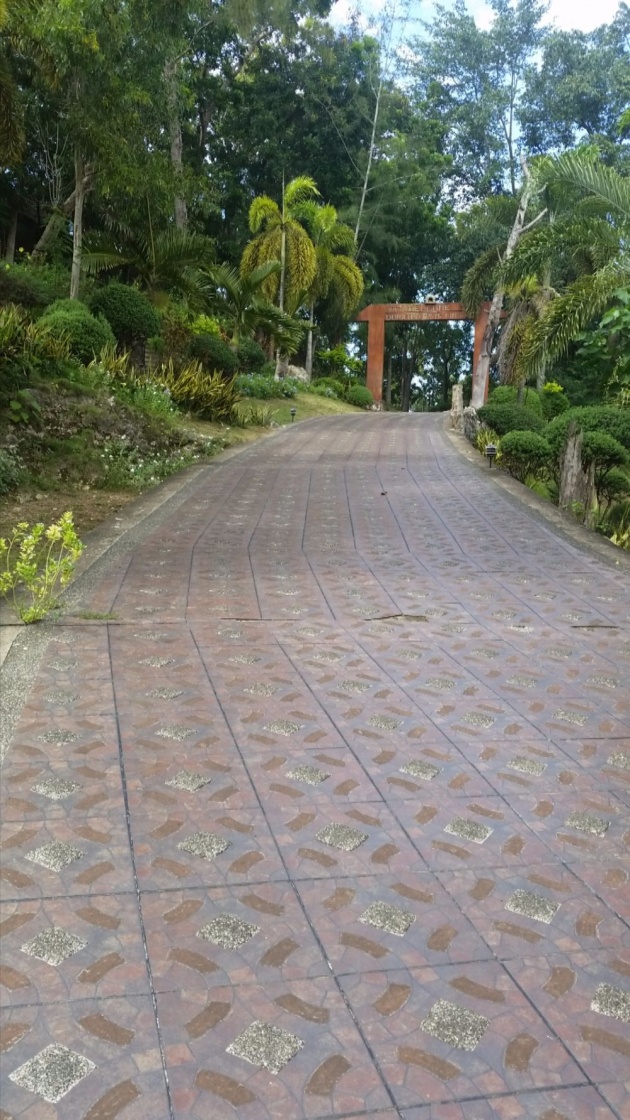

All of us were really excited to see what the park has installed for us. There were only a few people inside so it felt like we own the place. Just like any other baluartes in the country, it has ruins inside which were the left overs of what happened before during the hispanic era.
But what's so cool about it is that it also has cottages which are obviously well maintained. It would be a great place to sit for awhile with friends or loved ones and enjoy a windy afternoon with some maybe chips and cool drinks in hand. We also stayed there for awhile and talk about anything and everything.
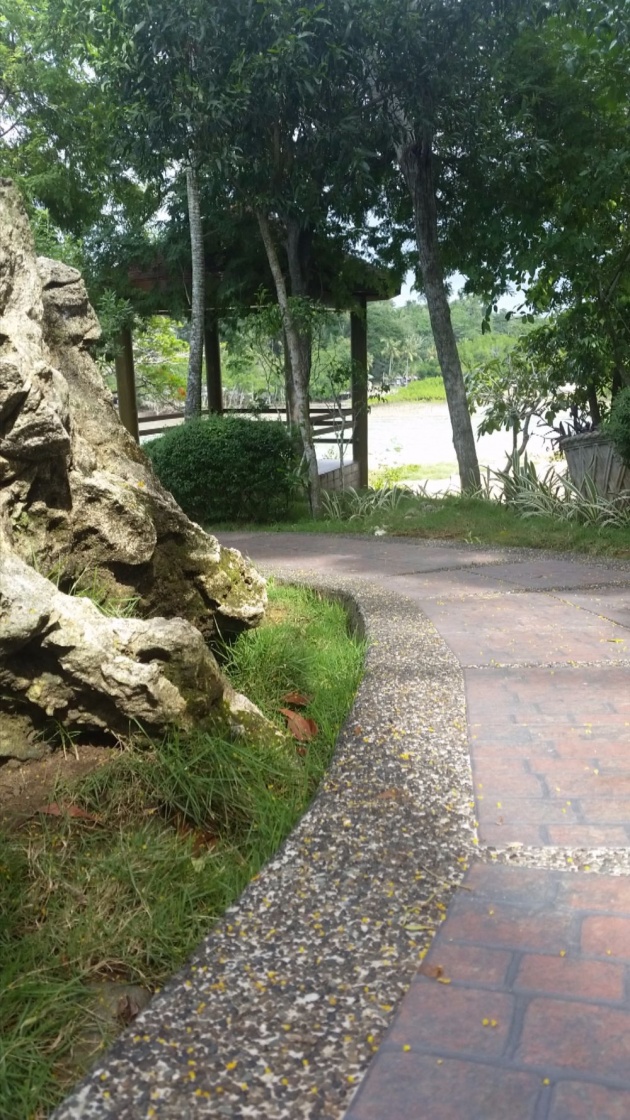

Unfortunately, the cleaners and the watchers here were unable to really protect the cottages from the vandalisers who wrote the names of their love ones or their crushes perhaps. But it actually added beauty to the place as it becomes a reminder of those who are in love.
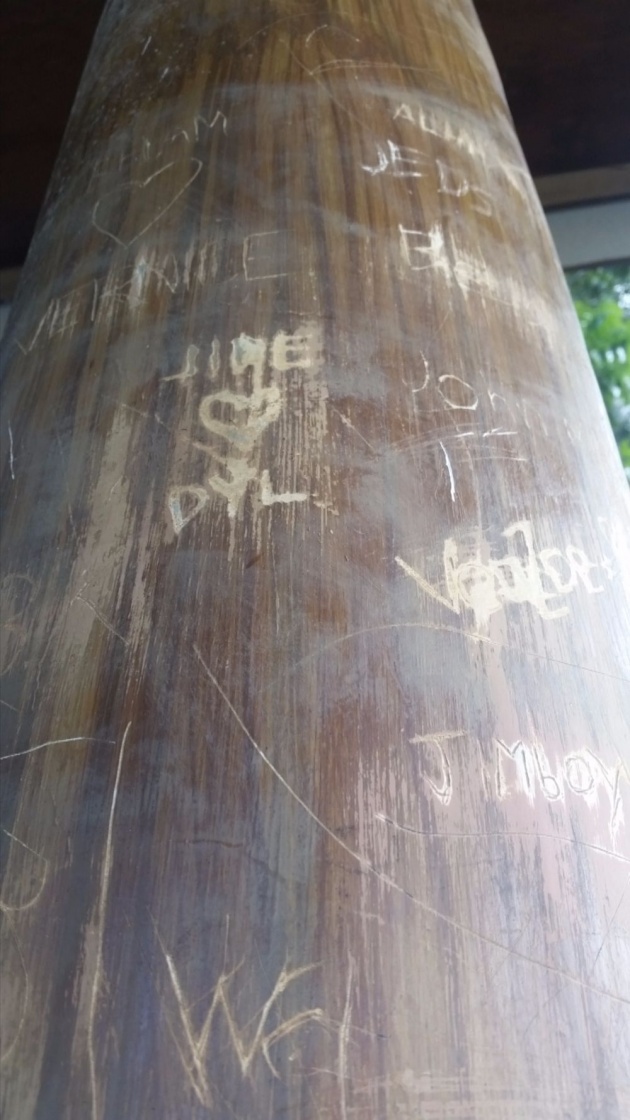
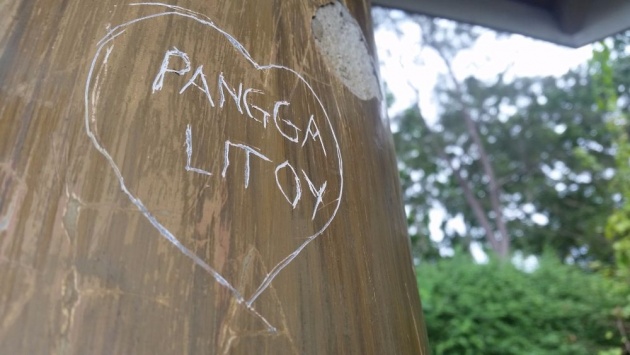
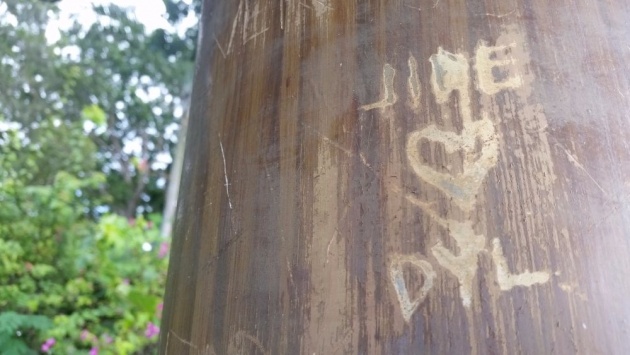
There are lots of trees inside and it was a huge place, one can go from one cottage to another and enjoy each views and scenes it can offer. It also is a great place to be watching the sunset or the sunrise. I bet it would be nice to be jogging in the morning in here since the paths are uphill and would give good challenge to the joggers.
At the center of the place is a huge tree with some benches made for visitors to rest.
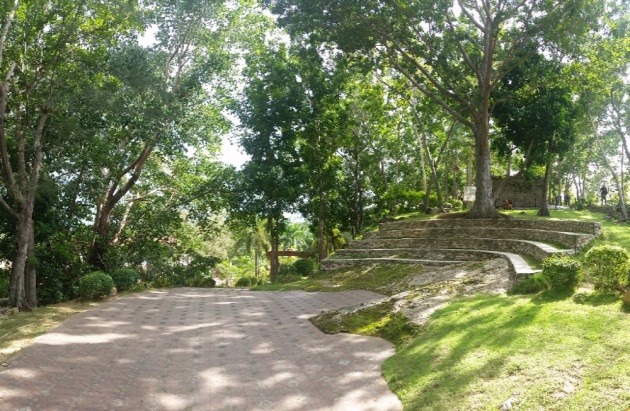
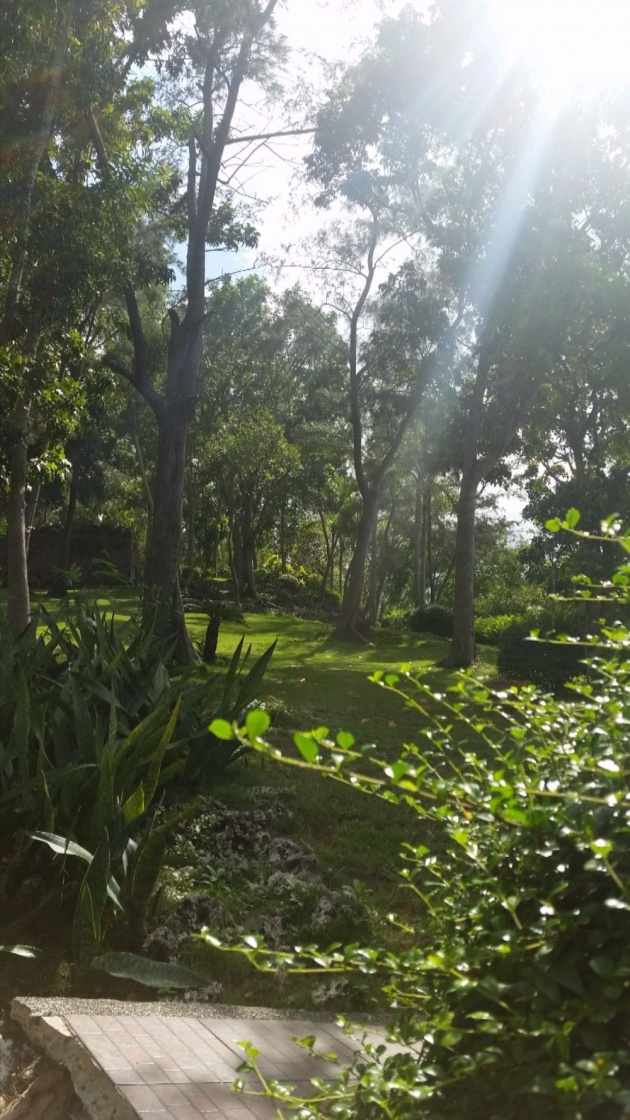

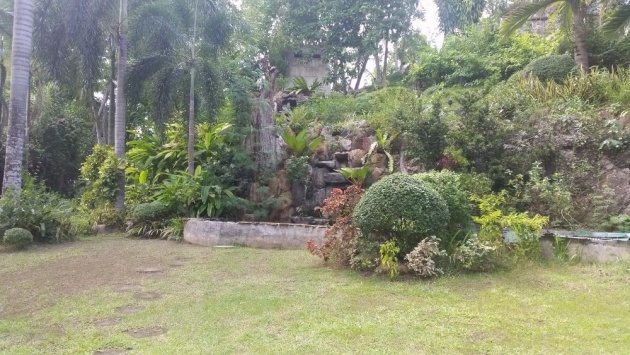
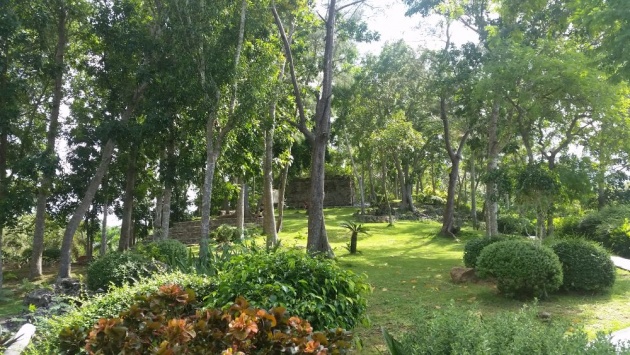
A huge tree which caught my attention. I love old vintage trees like this. I wonder how old this tree is.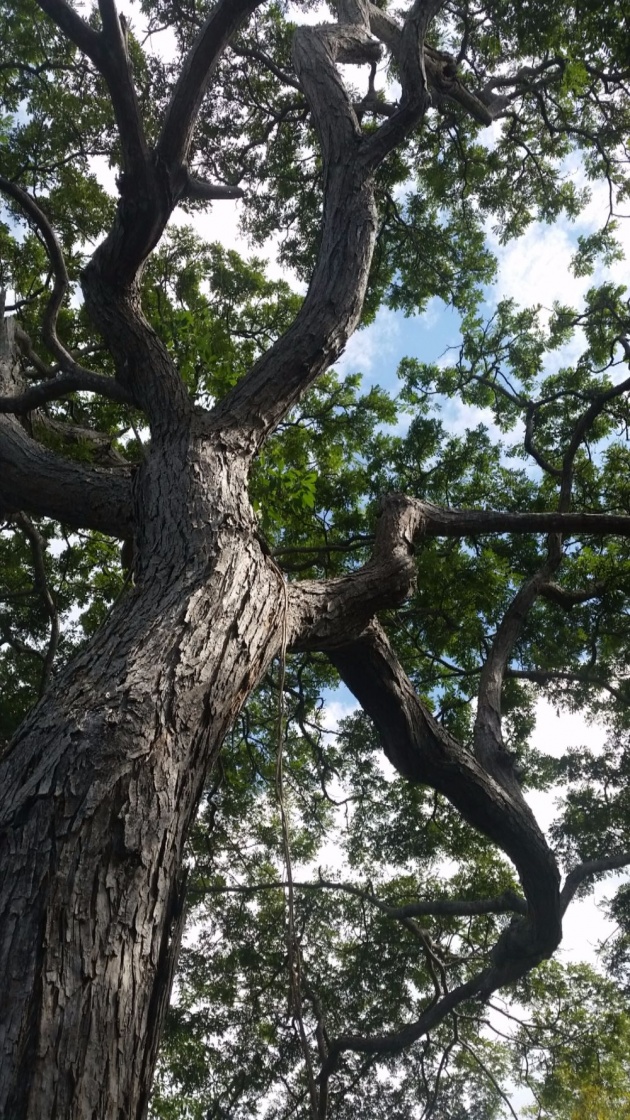
I am really surprised to see someone who was patiently cleaning the entire place. There's no wonder why the area is well maintained and clean. This lady down here has been doing her job well.

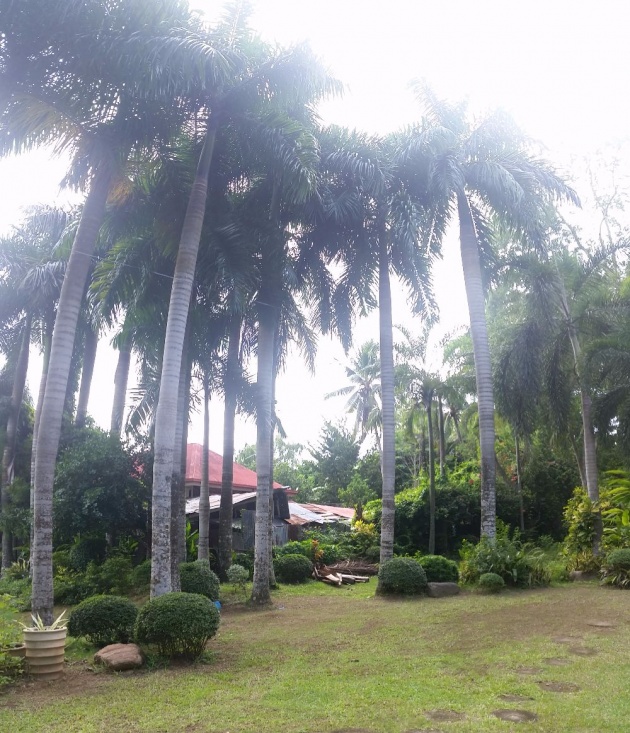
We went out after the rain stopped and decided to go to their Organic Farm House which was really intriguing because of what they are producing.
Aloguinsan Organic Farm House
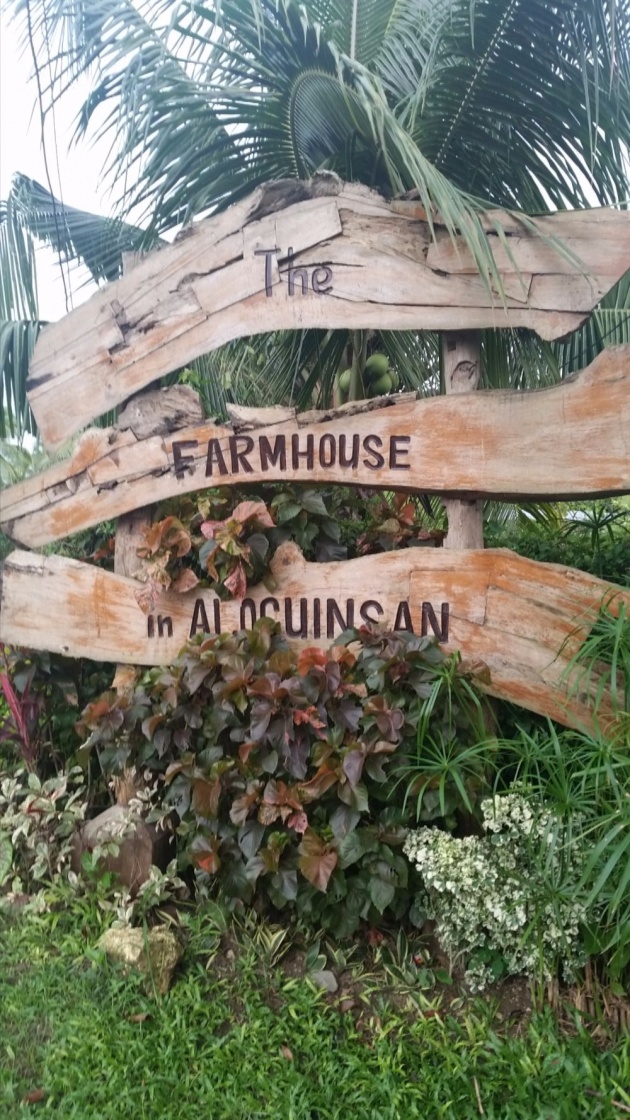
There are lots of farms in the province of Cebu but only some of them are organic. Unfortunately, my husband and I had been looking for these organic farms but couldn't seem to find them so when we heard that there's an organic farm in Aloguinsan, we can't really let this pass. We thought we should be going there and will check the place. We were glad that we were able to visit it. It was considered our first visited organic farm. Check out the story behind it.
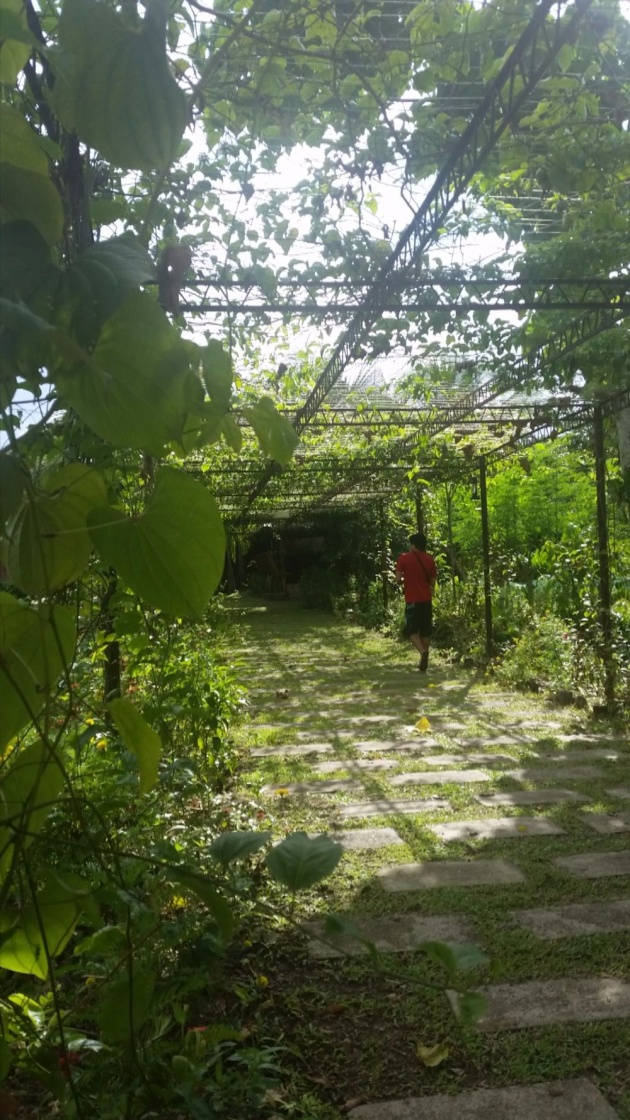
Through the efforts of the town's eco-conscious leaders and aggressively pursuing community-based tourism areas like th Bojo River, the town's municipality had made another place for eco-tourism place. They then went to create the Aloguinsan Farm House. It is along the way so anyone can easily locate it.
This canopy of vegetables and flowers upon the entrance would have been lovelier if it wasn't the rainy season. Here are some flowers which welcomed us in the farm:

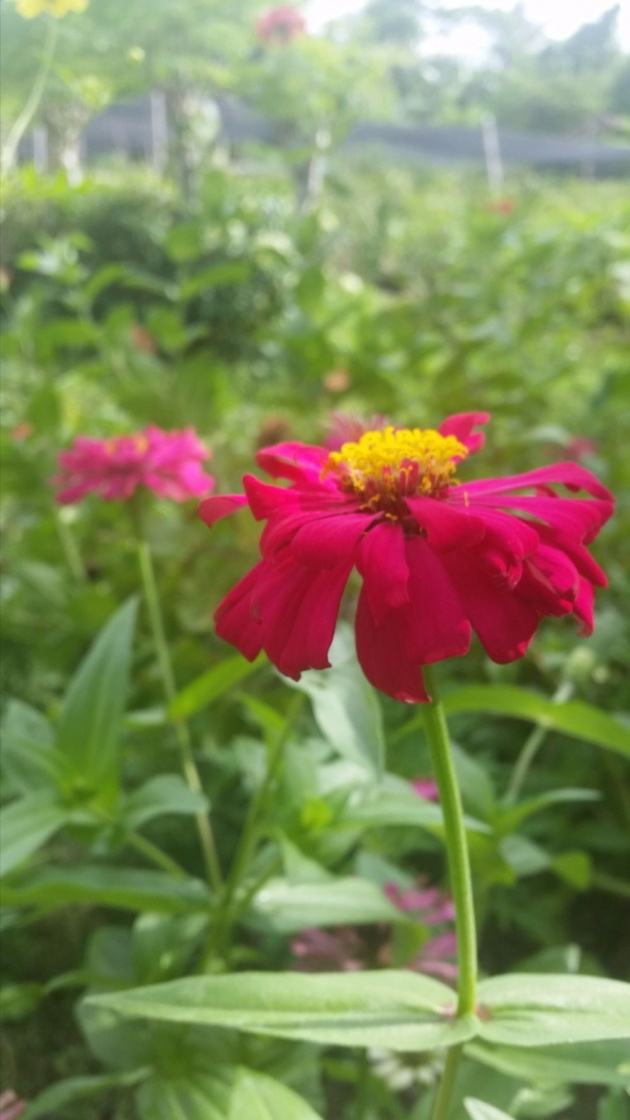
Since we were told that this is an organic farm, we searched for someone who could help us learn more about what these guys here are eating and if they are indeed organic. We found some guys tending their vegetable plants and he was friendly enough to show us the place.
We then came into a specific area where there were pics, goats and chickens. These animals are all organic. Here's a friendly goat who smiled and posed for the camera:
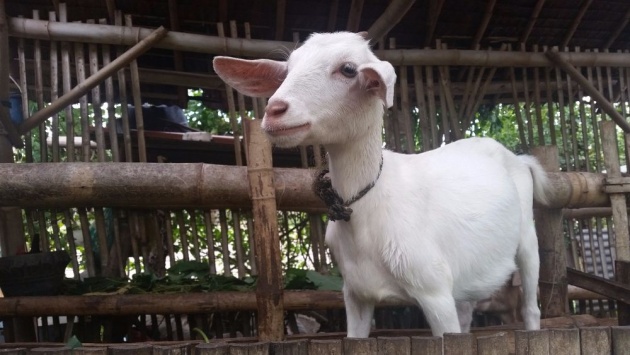
It wasn't feeding time but then for demonstration purposes, the guy took some leafy plants and fed the pigs.
As per the caretaker, these pigs are grown until they are matured enough to be eaten. Their meat are of less fat and are really delicious compared to the non-organic ones. These are cooked as grilled whole pig or what we call as lechon, some are sold for others to consume as well.
The friendly goat also ate some greeny leaves:We were looking for some snacks in the farm but unfortunately, they ran out of stocks at this point since their harvest season was already done, their vegetables and other food which they normally sell are all out of stock. Normally, they offer coconut wine or tuba, some organic vegies and snacks. However, we were able to roam around and found the plants which they are growing. There were dragon fruits too!
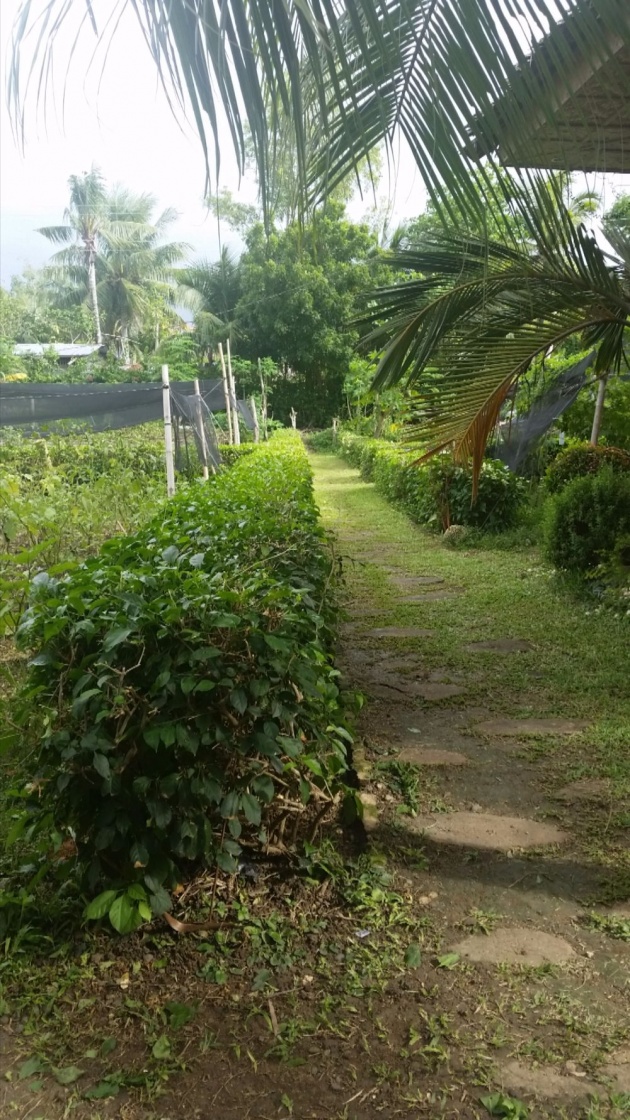

Aloguinsan Organic Farm House Restaurant

The group were really lucky that the guy who had accommodated us let us see what the Farm house looks like from the inside. It was closed because it doesn't cater foods at that point but for us to enjoy the place, he opened it for us and we took a lot of photos of the area. There were wooden chairs, tables, some vintage stuffs like the baskets, the sungka which is a table game for Filipinos during the old times and everything was really vintage. It felt like I was in the ancient times.
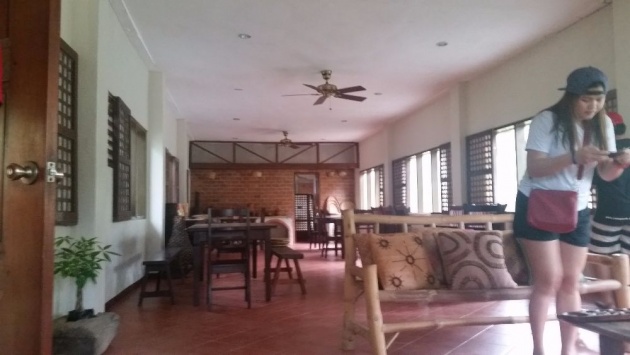
This is a typical Filipino dining area way back in the ancient times. Notice the way the chairs area made, there's also a fireplace and some old clay pots positioned at the top of the fireplace. It is solely made for demonstration only though.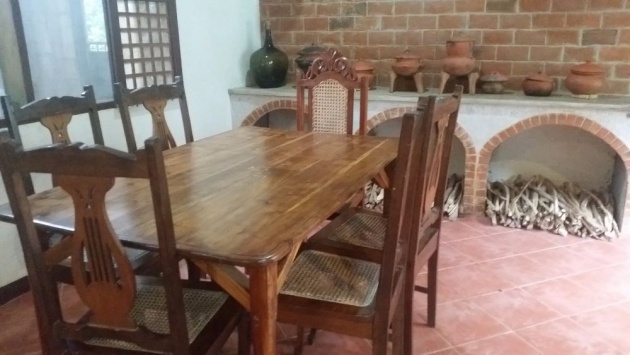
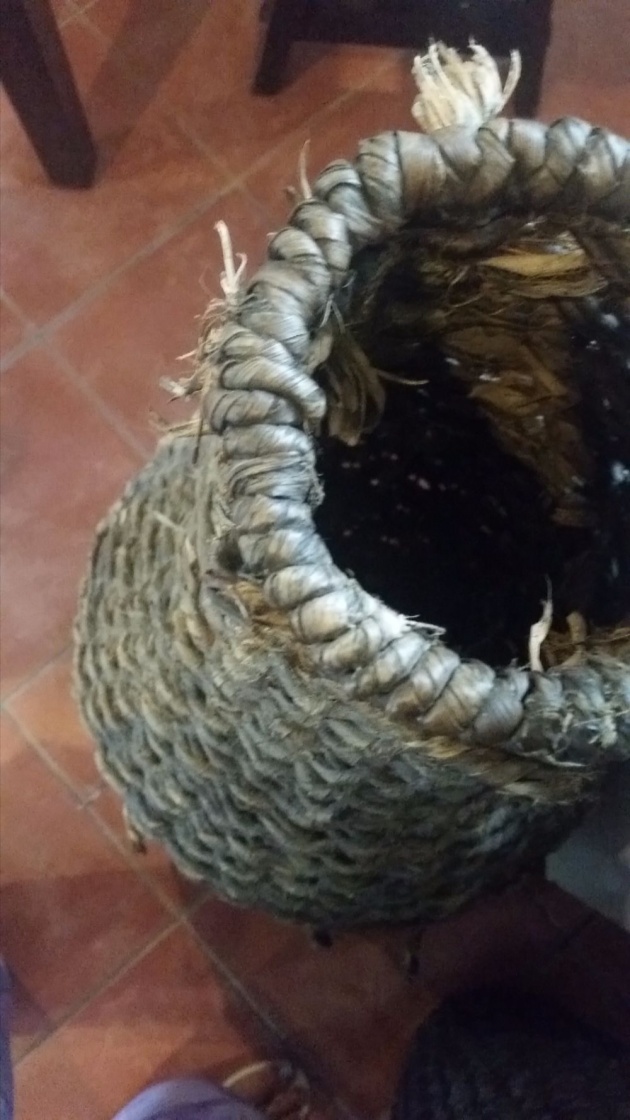
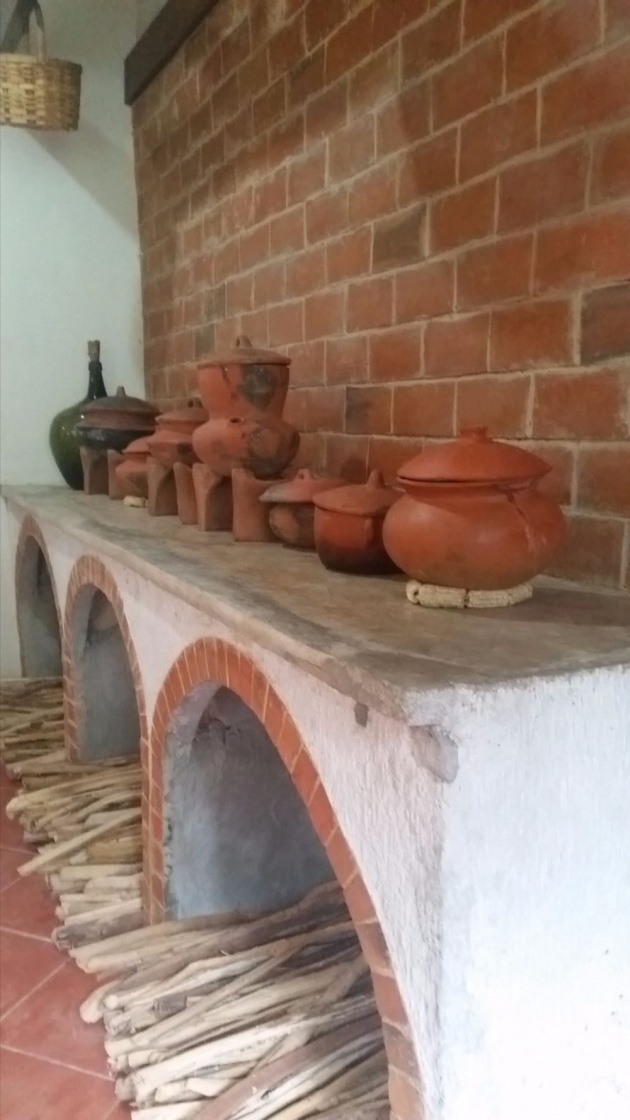
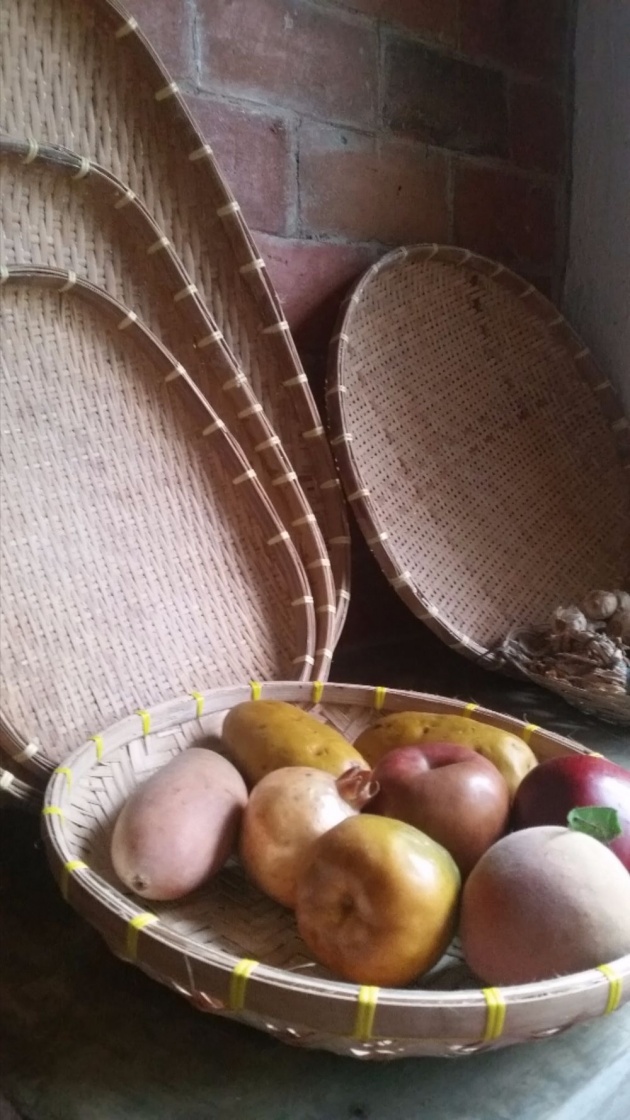
Overall, it was a fun adventure although there was some unfortunate things that had happened when we were on our way home.



